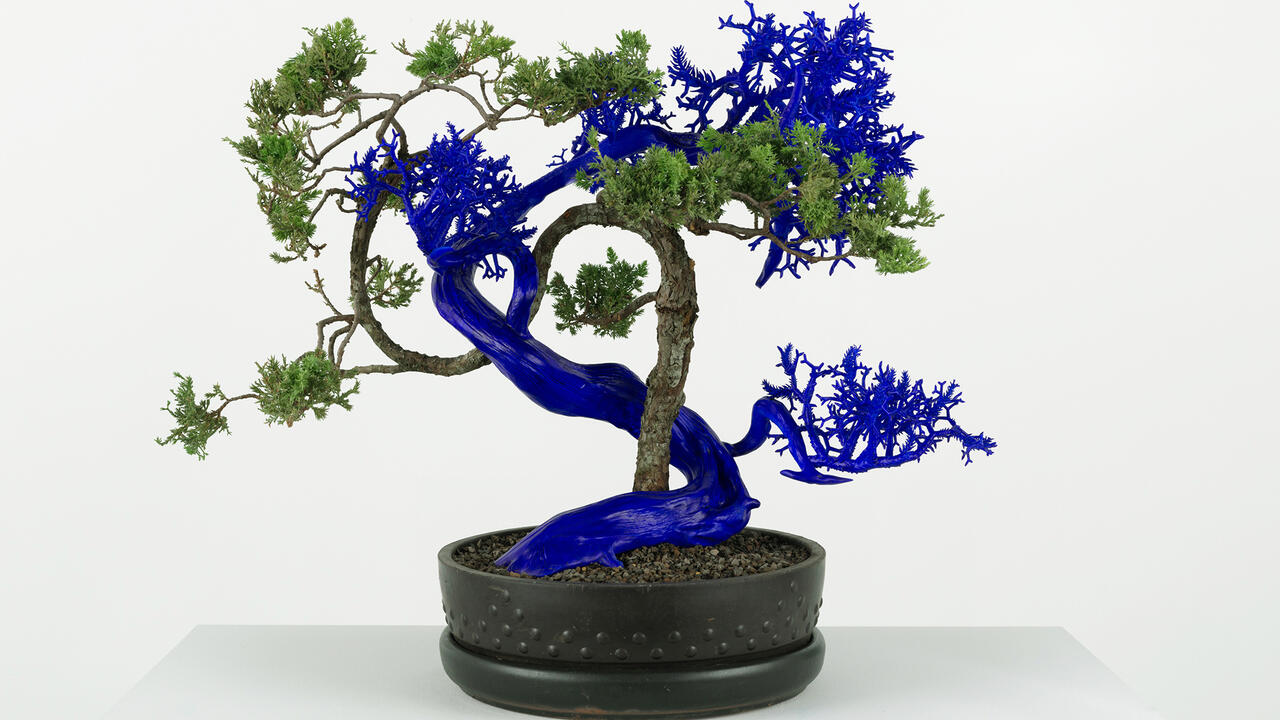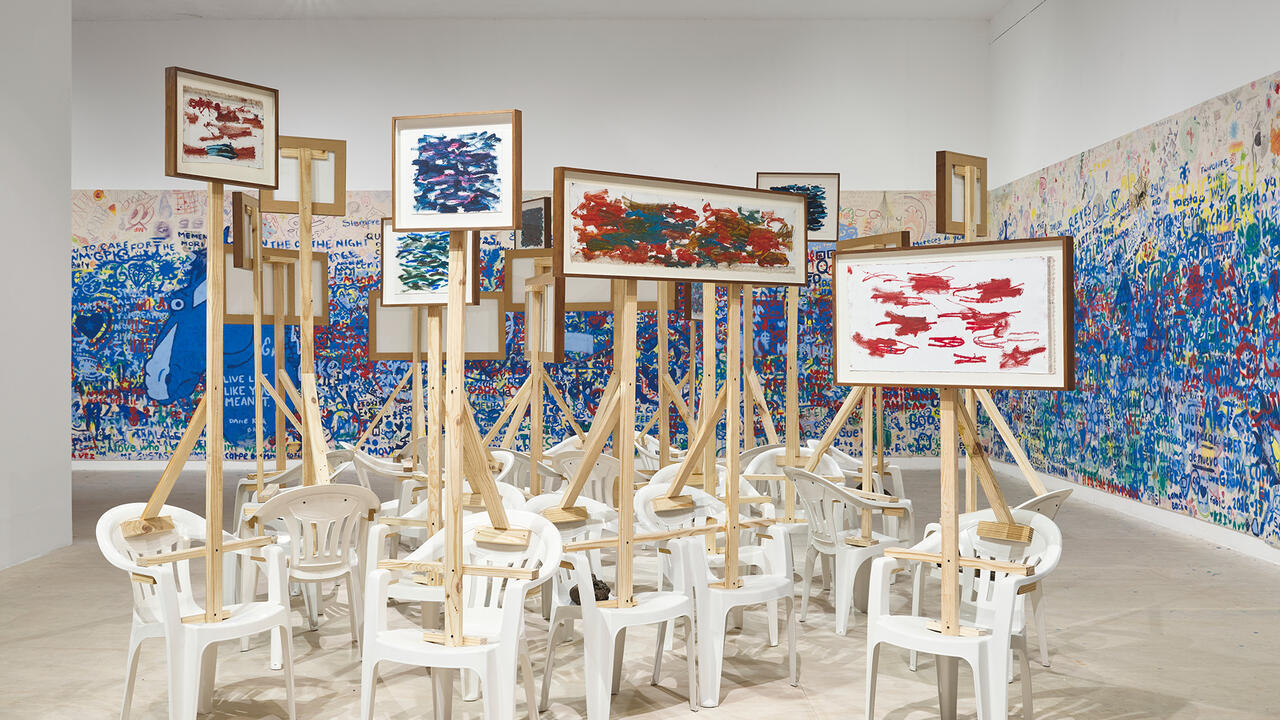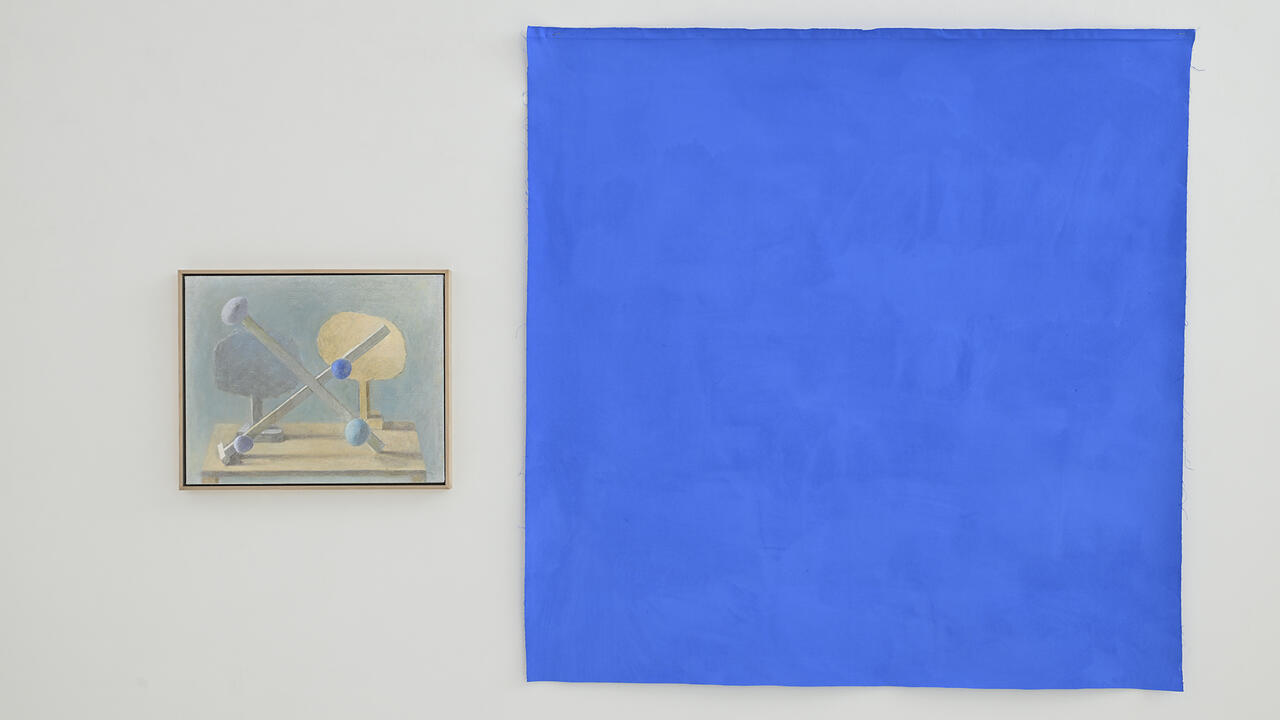Zarina

The exhibition ‘Zarina: Paper Like Skin’, which originated at the Hammer Museum in Los Angeles, is the first museum retrospective of Zarina Hashmi’s work. Now in her 70s and having lived in the US since 1975, Zarina (the artist goes by her first name) has persevered in the art of printmaking for the last five decades. With few exceptions, her works are nimble permutations of black lines, maps, squares and circles, often with Urdu annotations. Consider ‘Home is a Foreign Place’ (1999), a series of mental diagrams that offers an entry into Zarina’s pared-down aesthetic: wedges of black ink are coaxed into futuristic and, at times, esoteric-looking constructions that contrast with the yellow tones of the paper. The result is a visual lexicon made of 36 framed woodcuts with single-word Urdu titles (which translate as Night, Despair, Country, Dust, Time, Border and so on) stretching across the wall.

Take a cue from these titles and you’ll find that displacement is a constant in Zarina’s work. In the nine etchings that make up the laconic series ‘Homes I Made / A Life in Nine Lines’ (1997), a rough floor plan stands in for each home she has lived in. Born in the town of Aligarh, the artist left her native India in the late 1950s and has since dwelled in Bangkok, Paris, Tokyo, Los Angeles, Santa Cruz and New York, with intermittent stays in India. Zarina’s family moved to Pakistan in 1959, roughly at the time when she embarked on a peripatetic life with her diplomat husband, but she insists on her Indian identity. Home has, however, been an elusive word and, in ‘Letters from Home’ (2004), Zarina belies its disclosure. The work is a suite of eight Urdu texts framed by Zarina’s typical architectonics: a map of Manhattan, a sketch of a house, a floor plan. Each text is a letter written by the artist’s Karachi-based sister, often after a family tragedy. Not that the viewer would know. To the non-Urdu speaker, ciphers coil on the paper surface with no apparent meaning – Zarina counts on the viewer’s ignorance of Urdu. And, just in case, she has blocked out part of the last letter.

Restraint, but also determinacy, runs through her work. Rigorous forebears, including modern Japanese woodblock and Persian calligraphy, have been major inspirations. Unlike drawings, prints are the result of a carefully planned process and, in her case, of a deep knowledge of different paper qualities. Throughout the show, lengthy wall labels disclose their origins and types. Even when turning to three-dimensional objects in the 1980s, Zarina has moulded mushy paper pulp into relief sculptures. Once hardened they look like blobs of natural pigments beaten into simple rugged shapes.
Besides her sculptures, by far Zarina’s most tactile piece is an arresting group of 20 pinhole drawings from 1977, ‘Untitled (Pin Drawings)’. Arranged in rows of small, square grid-like compartments or freely zigzagging across the paper, thousands of tiny pinhole protrusions twirl on the slightly buckled white sheets of paper. While startling in its own right, the work also calls to mind a host of Minimalist associations. Zarina soon dropped the white on white exercise, but she kept to some of the underlying themes. In recent years the artist has crafted giant prayer beads and experimented with larger paper formats. Hung next to each other, Zarina pairs two unusually large pieces of brown, densely textured Nepalese paper (both Giant House, 2006). One is lacerated, while the other incised with cut-out niches in the shape of a South Asian architectural motif called jali that is meant to conceal while letting light in, and is often associated with female domestic spaces.

Self-expression, with little regard for artistic fashion, has been the central plank of Zarina’s work. First socialized in the feminist milieu of the Heresies journal when she landed in New York in the 1970s, she has long remained outside art-historical tags – she calls herself a feminist person, not a feminist artist. Now collected by major museums, and reclaimed by feminist art history (the artist featured in the touring exhibition ‘WACK! Art and the Feminist Revolution’ in 2007), the recent attention she has garnered comes with a string of contextualizing references that pepper curatorial prose on the work and range from post-9/11 identity politics to Eva Hesse and Kazimir Malevich. While not completely out of sync, deep down it is the unfussed commitment to her primary materials, paper and ink, that has sustained her practice throughout the years.
Main image: Zarina Hashmi, 'Zarina: Paper Like Skin', 2012, installation view. Courtesy: Hammer Museum; photograph: Brian Forrest






















